First I did something thematic colour-wise, then I did something thematic subject-wise, so today I thought I’d do a little bit of both. I love the graphic visual punch of both yabane and hakata motifs, and thought they’d make pretty fantastic wrapping paper. So here’s my attempt at a giftwrap-inspired outfit!
I honestly don’t have a ton to say about this outfit. I kept the accessories very simple and tied a very fluffy bow-style knot for the obi. My cute little maneki neko netsuke added a final little accent of red and a bell for that perfect finishing touch. Jingle all the way!
There’s really not much more to say about today’s coordination. I think the simplicity of this outfit is what makes it so effective. Tomorrow’s will be more fun and vibrant though, so be sure to check back!
Items used in this coordination
- Yagasuri
- Green on White
- Mixed Cotton
- Maneki Neko

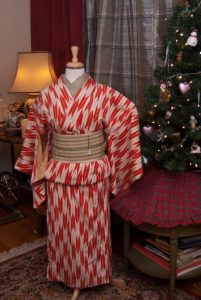
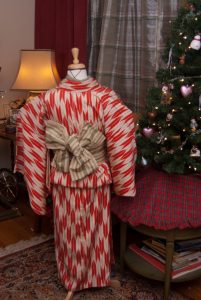
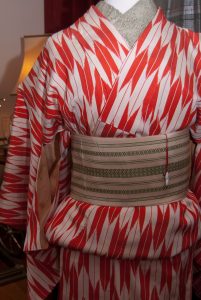

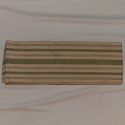
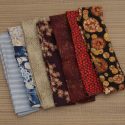
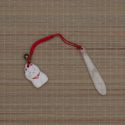
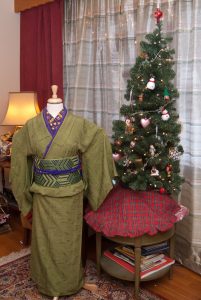


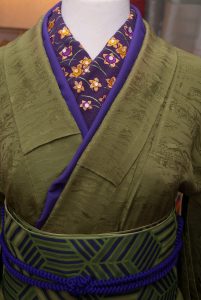
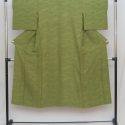

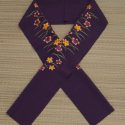


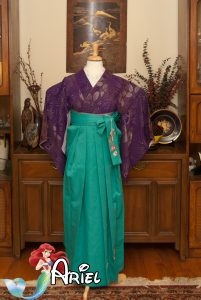
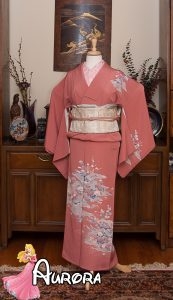
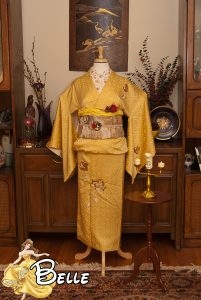
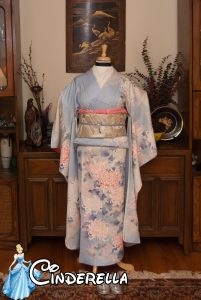
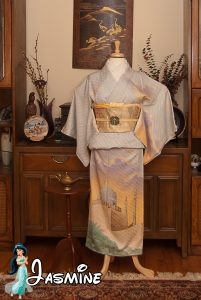
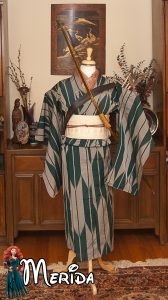
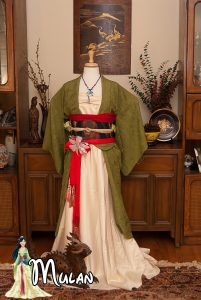
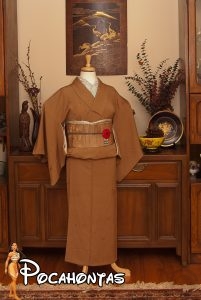
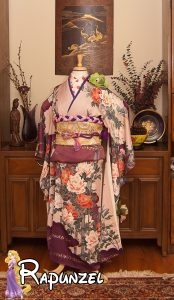

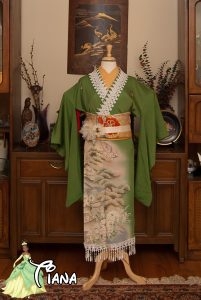

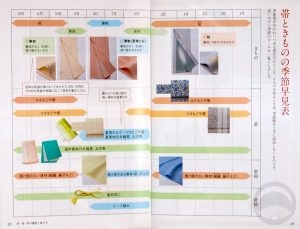
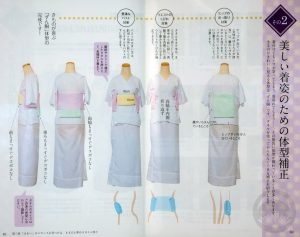
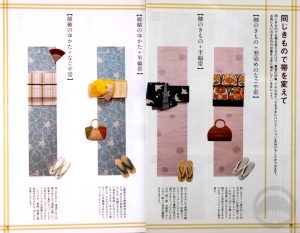
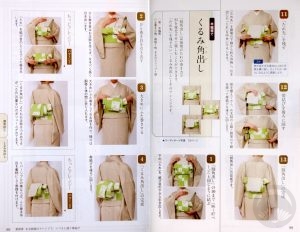
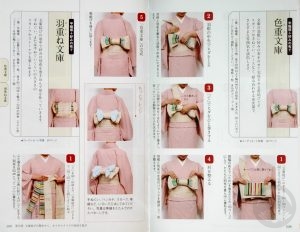
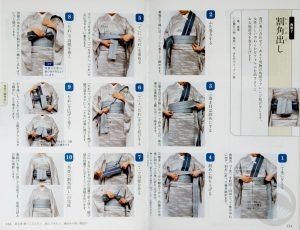

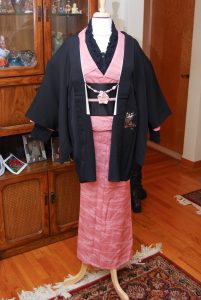
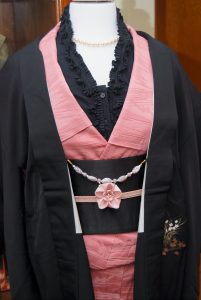
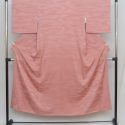
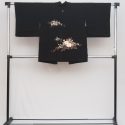
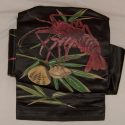

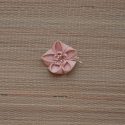











 Bebe Taian
Bebe Taian CHOKO Blog
CHOKO Blog Gion Kobu
Gion Kobu